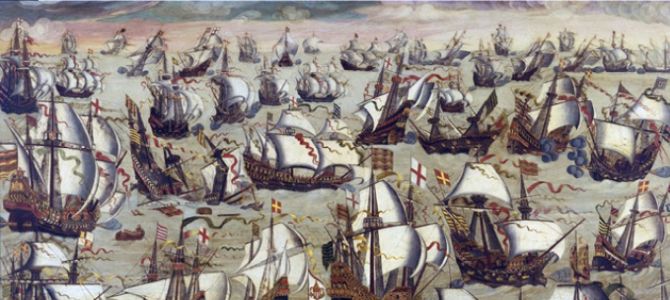 The Royal Navy has announced that it is putting on display one of the greatest treasures in British naval history before they return to storage for months, perhaps years, to protect them.
The Royal Navy has announced that it is putting on display one of the greatest treasures in British naval history before they return to storage for months, perhaps years, to protect them.
The Armada Maps chart the Royal Navy’s defeat of the Spanish fleet – or armada – in 1588, one of the defining moments in the history of the navy, nation, and Europe.
The ten hand-drawn maps – compiled just one year after the victory – follow the progress of the Spanish force (141 ships and 24 thousand men) and the better-led, better-trained, and more professional British fleet which thwarted their invasion plans.



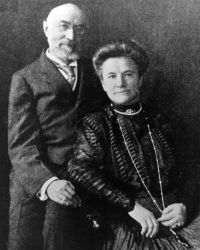 Wendy Rush, the wife of the late Stockton Rush, the co-founder of OceanGate and pilot of the Titan when the submersible imploded, is a
Wendy Rush, the wife of the late Stockton Rush, the co-founder of OceanGate and pilot of the Titan when the submersible imploded, is a 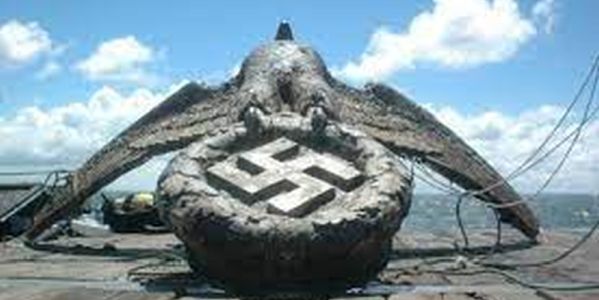 The
The 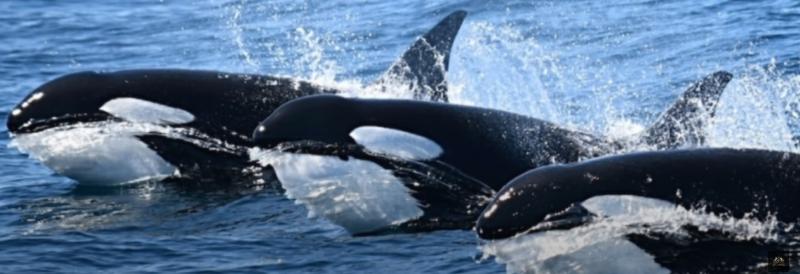 For the last several years, we have been posting about orca attacks on
For the last several years, we have been posting about orca attacks on 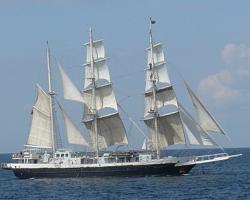
 Pieces of the
Pieces of the 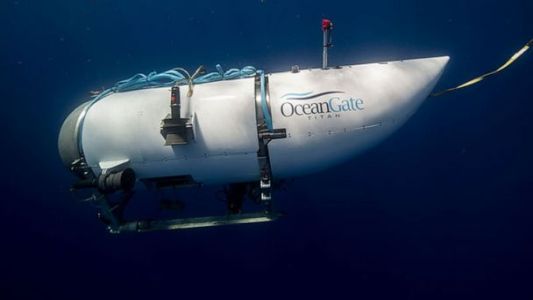 As frantic search and rescue efforts continue to attempt to locate the missing submersible Titan, which went missing on Sunday on an expedition to dive on the wreck of the Titanic, long-standing concerns about the safety of the submersible have resurfaced.
As frantic search and rescue efforts continue to attempt to locate the missing submersible Titan, which went missing on Sunday on an expedition to dive on the wreck of the Titanic, long-standing concerns about the safety of the submersible have resurfaced. 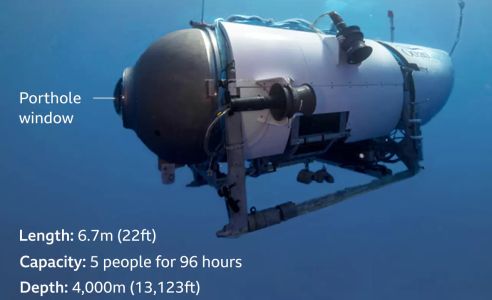
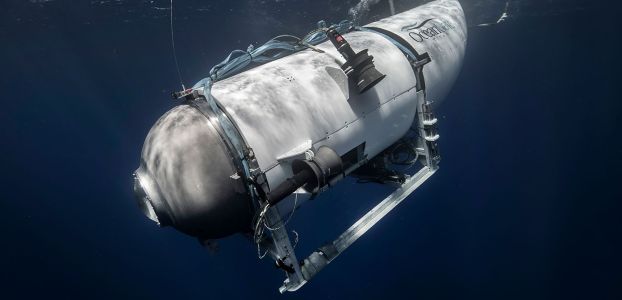
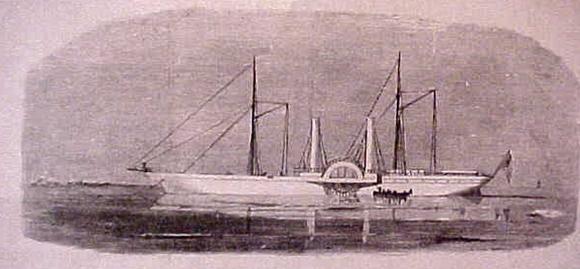
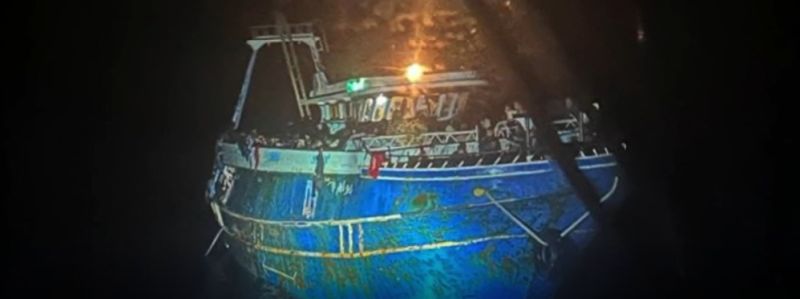 We recently
We recently  Harrison Smith, writing in the
Harrison Smith, writing in the 
 The death toll from an overloaded boat that capsized in a remote part of Nigeria’s north central region has risen to more than 100, police and officials said on Wednesday, in one of the worst such disasters in recent years.
The death toll from an overloaded boat that capsized in a remote part of Nigeria’s north central region has risen to more than 100, police and officials said on Wednesday, in one of the worst such disasters in recent years.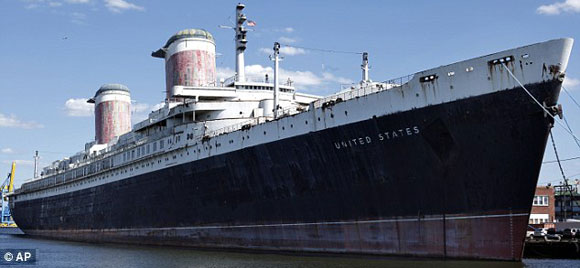 The SS
The SS 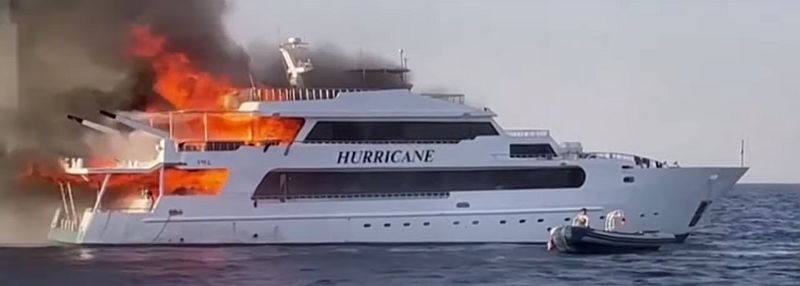 The
The  Great News. The
Great News. The